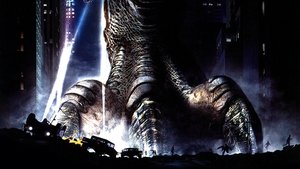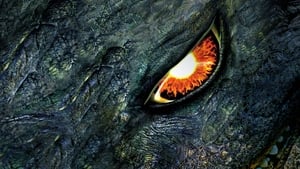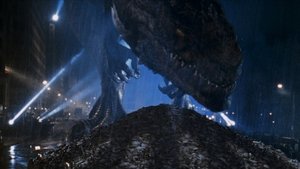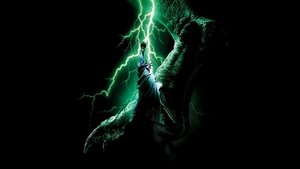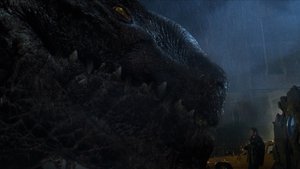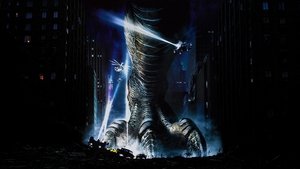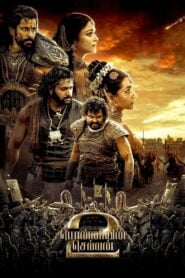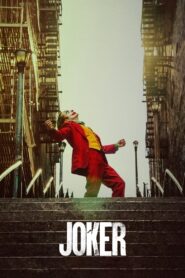
Video Sources 194 Views
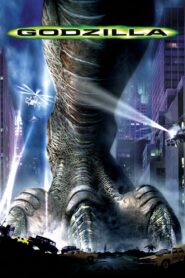
Synopsis
Introduction:
Since his cinematic debut in 1954, Godzilla has been an enduring symbol of the atomic age and a beloved figure in the world of cinema. This colossal reptilian behemoth has captured the imaginations of millions around the globe with his awe-inspiring size, power, and, surprisingly, a profound message that extends far beyond his destructive rampage. This article delves into the history, cultural significance, and evolution of the King of the Monsters – Godzilla king.
A Nuclear Allegory:
It was originally conceived as a response to the horrors of nuclear weapons and the lingering fear of atomic radiation. The character emerged from the depths of the ocean, awakened and empowered by nuclear testing, to wreak havoc upon Japan. In this context, Godzilla served as a symbol of the consequences of nuclear warfare, a walking allegory for the destructive potential of atomic power.
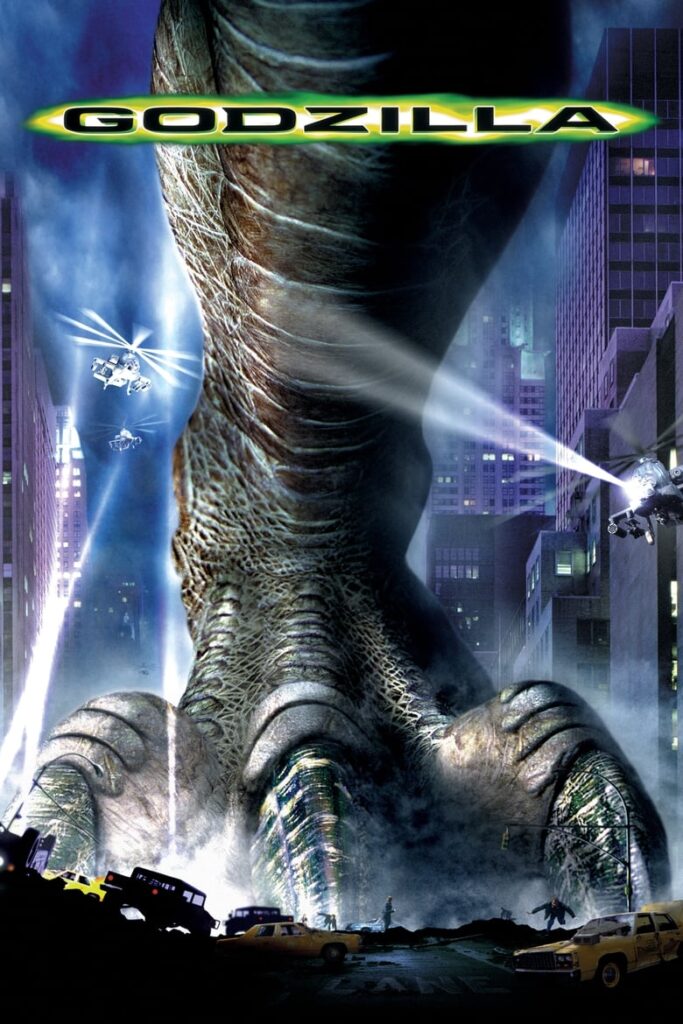
The Showa Era (1954-1975):
It journey began in 1954 with the eponymous film directed by Ishiro Honda. In this film, he was depicted as a terrifying and destructive force of nature. Over the next two decades, the character evolved, becoming both a hero and villain in various films. Godzilla often battled other monstrous foes, protecting humanity from threats like Mothra and King Ghidorah.
The Heisei and Millennium Eras (1984-2004):
The character underwent significant transformations during these eras, shifting from a destructive force to a more benevolent protector of Earth. The continuity of the films was rebooted, providing a fresh take on the origins and nature of Godzilla. These movies also introduced more advanced special effects, enhancing the spectacle of giant monster battles.
Hollywood’s Take (1998 and 2014):
King made his way to Hollywood in the 1998 Roland Emmerich-directed film, but it received mixed reviews due to significant deviations from the original Japanese character. However, in 2014, director Gareth Edwards brought a more faithful and awe-inspiring Godzilla to the big screen, reigniting global interest in the franchise.
The MonsterVerse (2014-Present):
Godzilla’s resurgence continued with the MonsterVerse, a shared cinematic universe that includes other iconic monsters like King Kong. Films like “Godzilla” (2014), “Kong: Skull Island” (2017), “Godzilla: King of the Monsters” (2019), and “Godzilla vs. Kong” (2021) have revitalized the franchise and rekindled the passion of both longtime fans and new audiences.
Cultural Impact:
Beyond the realm of cinema, It has become a cultural icon. He has appeared in numerous forms of media, including comics, video games, and even a song dedicated to him by the Blue Öyster Cult (“Godzilla” in 1977). His distinctive roar and silhouette are instantly recognizable, making him a symbol of Japanese pop culture worldwide.
Conclusion:
It legacy spans nearly seven decades, and his cultural significance continues to grow. From a metaphor for nuclear devastation to a symbol of hope and a guardian of Earth, It has evolved alongside the world’s changing fears and aspirations. With each cinematic iteration, he captures the essence of his era, making him not just a monster, but a timeless and enduring icon in the pantheon of film and popular culture. Godzilla’s roar still echoes in the hearts of fans, reminding us of the enduring power of storytelling through the lens of the King of the Monsters.
Original title Godzilla
TMDb Rating 5.603 3,531 votes
Director
Director
Cast
Dr. Niko Tatopoulos
Philippe Roaché
Audrey Timmonds
Victor 'Animal' Palotti
Colonel Hicks
Mayor Ebert
Charles Caiman
Lucy Palotti
Dr. Elsie Chapman
Sergeant O'Neal
Links
| Options | Quality | Language | Size | Clicks | Added | User |
|---|---|---|---|---|---|---|
| HD 720p | English | ---- | 46 | 1 year | tanvirchowdhoury141 | |
| HD 1080p | English | ---- | 43 | 1 year | tanvirchowdhoury141 | |
| 4k 2160p | English | ---- | 42 | 1 year | tanvirchowdhoury141 |
| Options | Quality | Language | Size | Clicks | Added | User |
|---|---|---|---|---|---|---|
| HD 1080p | English | ---- | 43 | 1 year | tanvirchowdhoury141 |
| Links | Source | Quality |
|---|---|---|
| Torrent | 1080p | 720p | 360p | |
| Subtitles | SRT | VTT |

